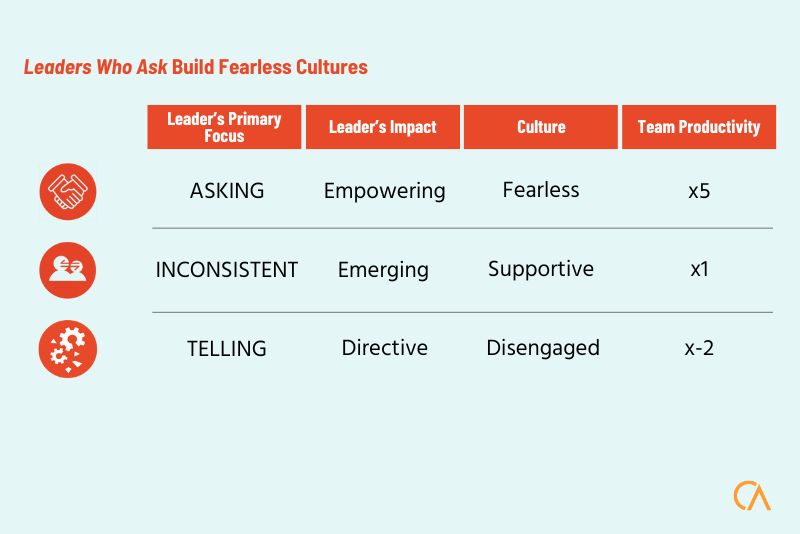
How well does your leadership team make decisions? Recently I worked with a leadership team that used Jeff Bezos’ 2016 letter to Amazon Shareholders as a source of pre-workshop inspiration.
His ‘High-Velocity Decision Making’ concept resonated strongly. Bezos outlines four components to making high quality decisions quickly:
- Avoid a one-size-fits-all decision-making process.
- Make (most) decisions with 70% of the information you wish you had
- Disagree and commit
- Recognize true misalignment issues early and escalate immediately
The ‘disagree and commit’ approach generates lots of energy.
At Amazon, when executives are unable to reach agreement after much discussion, they ask ‘Look, I know we disagree on this but will you gamble with me on it? Can you disagree and commit?’ How powerful is that?
Bezos argues that this phrase takes time off your decision making process, and provides a way forward (remember the aim is high velocity decision making) when consensus hasn’t been achieved (which let’s face it, is often!).
Often leadership teams (and boards) that I work with that have other less transparent (and unarticulated) decision making processes in place – you probably recognise:
- CEO decides – sometimes against the whole leadership team – but the CEO isn’t aware because others haven’t spoken out strongly.
- Dominant player decides and then everyone other than the dominant player waits for it to fail.
- False consensus is reached which allows most of the team to avoid stepping in to commit and support success.
- No-one decides because the over-documented decision tree kicks in, and the decision process wags the dog.
- A decision can’t be reached, so more information is requested, adding no further clarity and slowing down decision making even further.
How about trying ‘disagree and commit’ in your leadership team? This means:
- Open discussions expressing difference of opinions with the intention of reaching an agreement
- Genuine listening
- Everyone on the team having the right and responsibility to ‘disagree and commit’ – including the CEO
- Ending in sincere support for the decision made – disagreed and THEN committed.
Time for some high-velocity decision-making. (And if you are worried about making the wrong decisions by moving quickly – don’t! In this recent Harvard Business Review article What Sets Successful CEOs Apart the research is clear that good CEOs realise that a wrong decision may be better than no decision at all!)
Go fearlessly.
STAY IN THE LOOP





